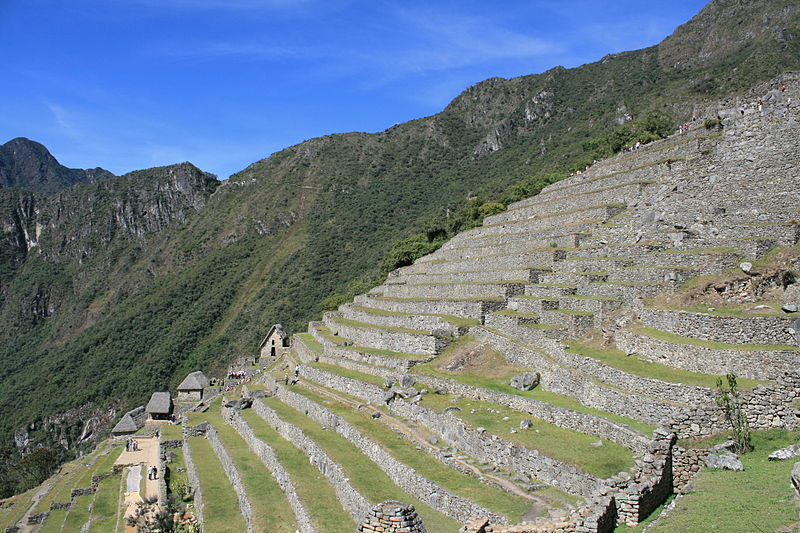European Genocide of Indigenous Peoples in the Americas Cooled Earth’s Climate
The mass deaths of Indigenous American peoples 500 years ago-caused by disease and violence spread by European colonizers-was so extreme that it cooled Earth's climate, according to a new study in Quaternary Science Reviews.
Led by Alexander Koch, a graduate student in geography at University College London, the authors said that a period of global cooling that lasted from the 16th to 19th centuries was partly caused by epidemics and warfare that killed 90 percent of the Indigenous population in just 100 years.
The devastating loss, known as the Great Dying, left 56 million hectares of farmland unattended, enabling forests and other vegetation to grow over agricultural terrains. The rewilded landscapes drank in much more carbon dioxide than the preceding farms, which reduced levels of the greenhouse gas in the atmosphere by 7-10 parts per million.
With fewer CO2 molecules to trap heat on Earth, global temperatures dropped by 0.15C in an event called the Little Ice Age.
"We conclude that the Great Dying of the Indigenous Peoples of the Americas led to the abandonment of enough cleared land in the Americas that the resulting terrestrial carbon uptake had a detectable impact on both atmospheric CO2 and global surface air temperatures in the two centuries prior to the Industrial Revolution," Koch's team said in the paper.
The researchers came to this conclusion by modeling the amount of carbon that would be stored by vegetative regrowth on fallow land. Using over 100 regional estimates, they calculated that the pre-Columbian Indigenous population totaled around 60.5 million people, mostly concentrated in Central and South America. These communities farmed crops like maize, beans, squash, and quinoa, often in irrigated terraces built on mountain slopes.
 Stone farm terraces at Machu Picchu. Image: RAF-YYC
Stone farm terraces at Machu Picchu. Image: RAF-YYCBy 1600, only five or six million survivors of this once expansive civilization remained. The rest were wiped out by European-introduced diseases like smallpox and measles, with a smaller percentage killed by warfare, slavery, and famine.
Koch's team used models to estimate that some 7.4 billion metric tonnes of carbon would have been sequestered by subsequent landscape changes, enough to have a significant impact on Earth's climate.
Read More:The Ruins of a Massive Ancient City Have Been Discovered in Guatemala
The study supports previous research that places the onset date of the Anthropocene, the era of large-scale human influence on Earth's systems, in the year 1610, when atmospheric CO2 levels began to decrease partly as a result of the Great Dying.
"Our results also show that this aspect of the Columbian Exchange-the globalization of diseases-had global impacts on the Earth system," the researchers said. This is "key evidence in the calls for the drop in atmospheric CO2 at 1610 CE to mark the onset of the Anthropocene epoch."
Get six of our favorite Motherboard stories every dayby signing up for our newsletter.